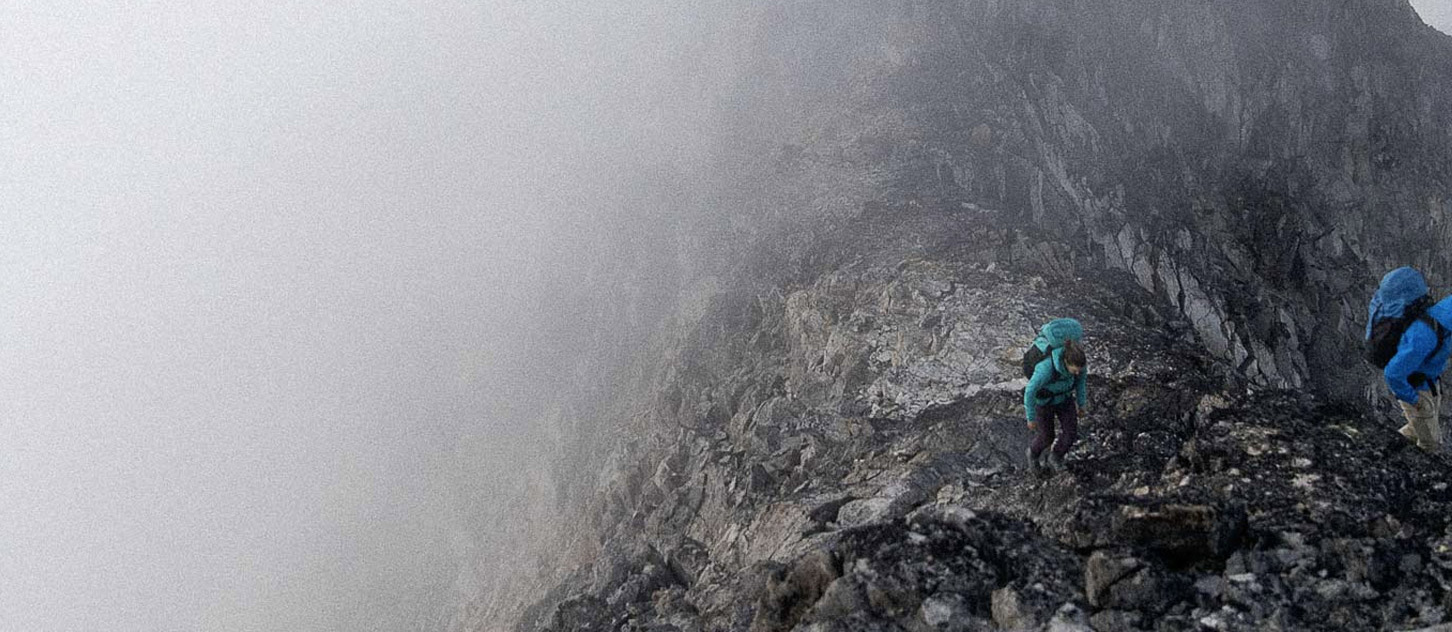
Ice Climbing Conditions Summary for the Rocky Mountains, Feb 28, 2020
After the big storm at the start of February, the snowpack in the Central Rockies has been on a gradually improving trend with really good skiing and climbing conditions. Many longer ice routes are in great shape, the avalanche hazard has been in the Moderate to Low range, and a lot of climbing routes have had the start zones above them “clean out” or avalanche during the Feb 1st storm.
Things are slowing changing in a couple of ways right now and the avalanche hazard is forecast to rise slightly over the weekend on many ice routes and couloirs.
The main change is that we have been getting lots of small snow inputs and steady moderate to strong winds at upper elevations. This has resulted in a slow reloading of many of the start zones that cleaned out during the Feb 1st storm, and fresh wind slabs in lee areas. There has also been a lot of cornice growth creating the potential for cornice failures which act as large triggers on the slopes below.
Some examples are the Mt Bourgeau area where we have had at least 1 m of fresh snow fall in the start zones during the past three weeks, or Polar Circus where as of last week the steep middle bench which goes above "the Pencil" had enough snow to turn back people from crossing it.
Large alpine faces remain very well covered in snow and have not yet gone through a period of intense shedding/avalanching. As a result, they can now produce large avalanches under the right conditions. This is particularly a concern in thinner snowpack areas where the basal facets remain weak with a slab of denser snow sitting over them. As a rule of thumb this applies to areas with less than 150 cm of snow which often coincides with alpine faces and ice climbing terrain.
We are starting to see some serious sun effect during clear periods. South facing ice routes below large start zones like Silk Tassel on Mt Field are seeing more regular avalanche activity above them during any breaks in the weather. The ice on steep south facing routes is also starting to take a hit during sunny days with protection melting out, ice delaminating and some routes disappearing.
So what so does this mean? Paying attention to temperatures, snow inputs and upper level winds is vital! Keep watching the remote weather stations in the National Parks and Kananaskis Country through the Avalanche Canada apps to monitor changes overnight, or even during the day. Watch for wind plumes on ridge crests that could show rapid loading above you, or snowballing on steep solar slopes that indicate rapid heating. Remember that 5-10 cm of new snow can be a big deal in a steep narrow gully with a start zone above it. Pull back to more conservative route choices as more weather inputs occur and don’t count on the fact that because it was OK yesterday, it will be fine today. Save the routes with significant avalanche hazard for cold cloudy days with light winds and no significant snow inputs, and bring your avy gear. There are lots of great options out there to enjoy!